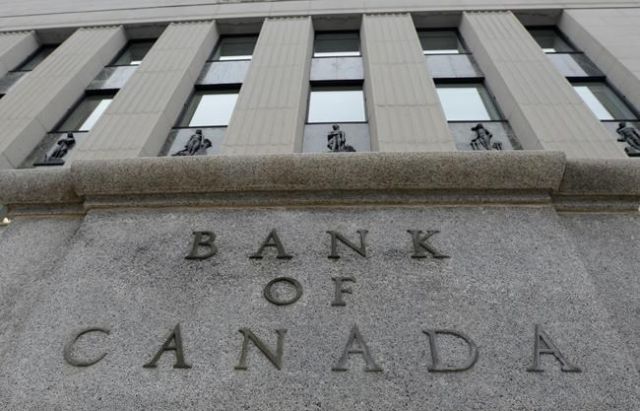
Bank of Canada trims growth expectations for 2020
The Bank of Canada is keeping its key interest rate target on hold at 1.75 per cent and forecasting a slower-than-expected start for the Canadian economy in 2020.
In its latest forecast, the central bank predicted the Canadian economy will grow by 1.6 per cent this year, down 0.1 of a percentage point from its projection in October.
While some of the slowdown late last year is being chalked up to a strike at CN Rail and an outage at the Keystone pipeline, the central bank says the weaker figures could also signal that global uncertainty is affecting Canada more than previously predicted.
Bank of Canada governor Stephen Poloz said indicators of the Canadian economy have turned decidedly mixed.
“Much of governing council’s deliberations focused on how persistent this recent slowdown in the domestic economy might be,” he said.
Poloz noted that vehicle sales, retail sales more generally, consumer confidence and job growth all softened at the end of last year, however he said third-quarter investment spending was surprisingly strong.
The Bank of Canada’s outlook is for a rebound in growth to about 1.3 per cent in the first quarter and a pickup to about two per cent after that.
In making its rate decision, Poloz said the bank weighed the risk that inflation could fall short of target against the risk that a lower interest rates would lead to higher financial vulnerabilities.
“Governing council will be watching closely to see if the recent slowdown in growth is more persistent than forecast. In assessing incoming data, the bank will be paying particular attention to developments in consumer spending, the housing market and business investment,” Poloz said.
The picture the bank painted in its report Wednesday was in sharp contrast from its last look at the economy, when a degree of domestic resilience remained in spite of weaker data points outside Canada’s borders.
There is “considerable uncertainty” about how long household spending may stay soft, the report said, as households are expected to be more cautious with their spending decisions and save more in the face of high levels of debt — all this despite a federal tax cut that kicked in on Jan. 1 and growth in wages.
Growth for 2021 is forecast at two per cent, up from the bank’s October forecast of 1.8 per cent.


